I am trying to open a program for the first time on Windows XP Pro that uses PostgreSQL 9. I'm getting an error message that says :
A problem was encountered while trying to log into or create the production database. Details: [Microsoft][ODBC Driver Manager] Data source name not found and no default driver specified
In my ODBC manager, I have a list of User DSN's and System DSN's. I tried installing a postgres odbc driver to see if that would help, but it didn't.
There is a connect.dat file in the program file with a line saying "OLE DB Provider = MSDASQL". Changing this entry alters the error message I get to "Provider cannot be found, it may not be properly installed".
I don't know what provider name to insert to get this to work properly. I have done extensive research on this error to no avail. Any suggestions would be greatly appreciated.


